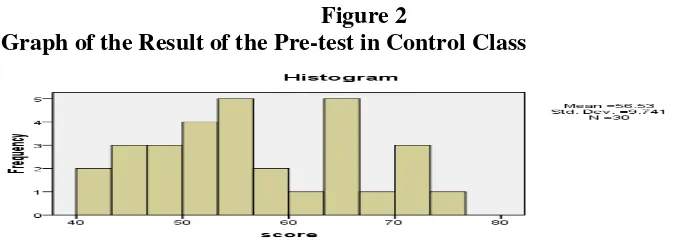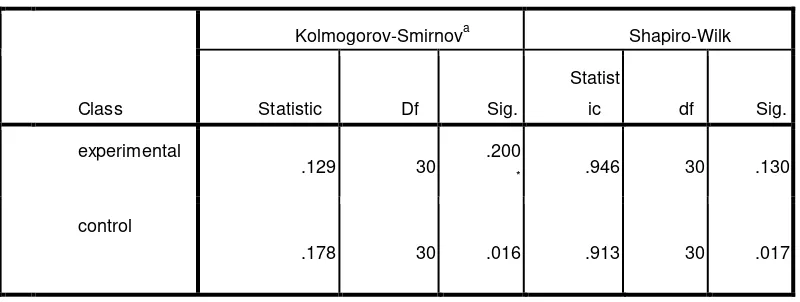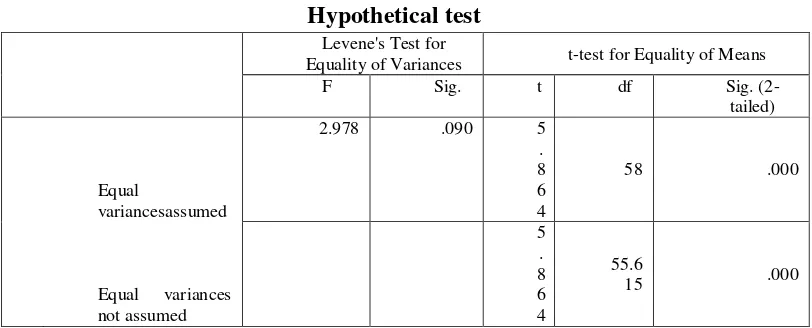THE INFLUENCE OF USING THREE-STEP INTERVIEW TOWARDS STUDENTS’ SPEAKING ABILITY AT THE FIRST SEMESTER OF THE ELEVENTH GRADE OF SMAN 1 WAY SERDANG MESUJI IN THE ACADEMIC YEAR OF 2017/2018 - Raden Intan Repository
Teks penuh
Gambar

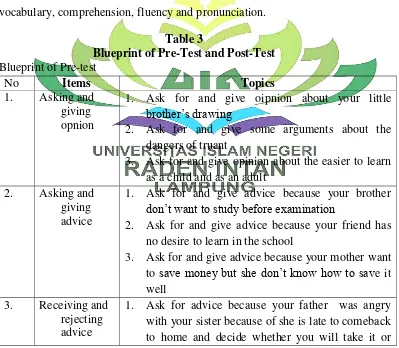
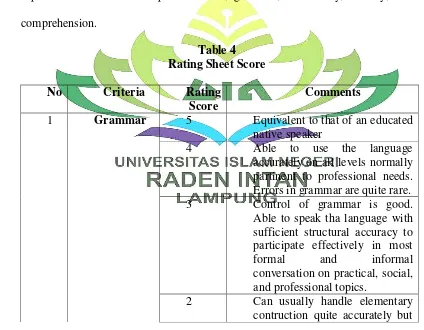
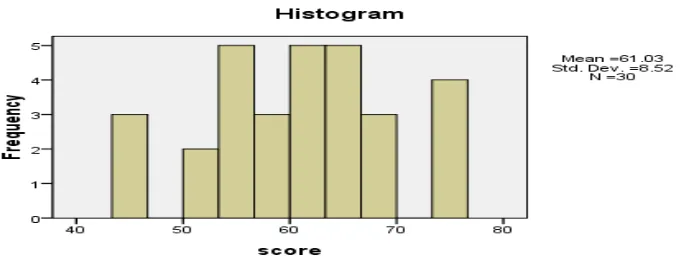
Dokumen terkait
Perlu diperhatikan bahwa pada masa lanjut usia, individu mengalami berbagai macam perubahan baik dari segi kesehatan (fisik), kognitif, maupun psikososial. Menjadi
Kualitas tidur pada lansia yang mengalami gangguan tidur sebelum diberikan terapi rendam kaki air hangat di Rumah Usiawan Panti Surya Surabaya tergolong dalam
Tingkat Kecemasan Pasien Pre Operasi Di Rumah Sakit Adi Husada Kapasari Surabaya” ini disusun sebagai salah satu persyaratan untuk memperoleh gelar Sarjana
Penanda Waktu Dengan AT89S51 merupakan perangkat elektronika yang dibangun oleh tiga blok rangkaian dasar yaitu, blok proses hitung paa AT89S51, Output berupa tampilan pada
Dalam rangka memenuhi tuntutan tersebut, perusahaan harus dapat mengatasi masalah yang berkaitan dengan perencanaan produksi dan kebutuhan bahan baku. Oleh karena itu dibuat
serbi relasi antara politik dan unsur-unsur lain dalam sistem pemilihan umum kepala daerah secara langsung di Banyumas pada tahun 2008 dan 2013.. Dapat memberikan
“P endidikan kewarganegaraan adalah pendidikan demokrasi yang bertujuan untuk mendidik generasi muda menjadi warga negara yang demokratis dan partisipatif melalui
Perhitungan rugi tegangan dan daya ini dilakukan melalui studi kasus pada penyulang Meranti, Pule dan Sungkai di Gardu Induk Bungaran pada saat beban puncak siang dan
